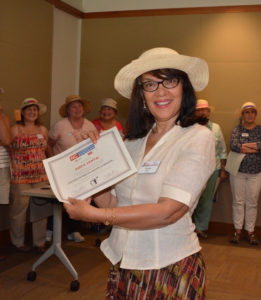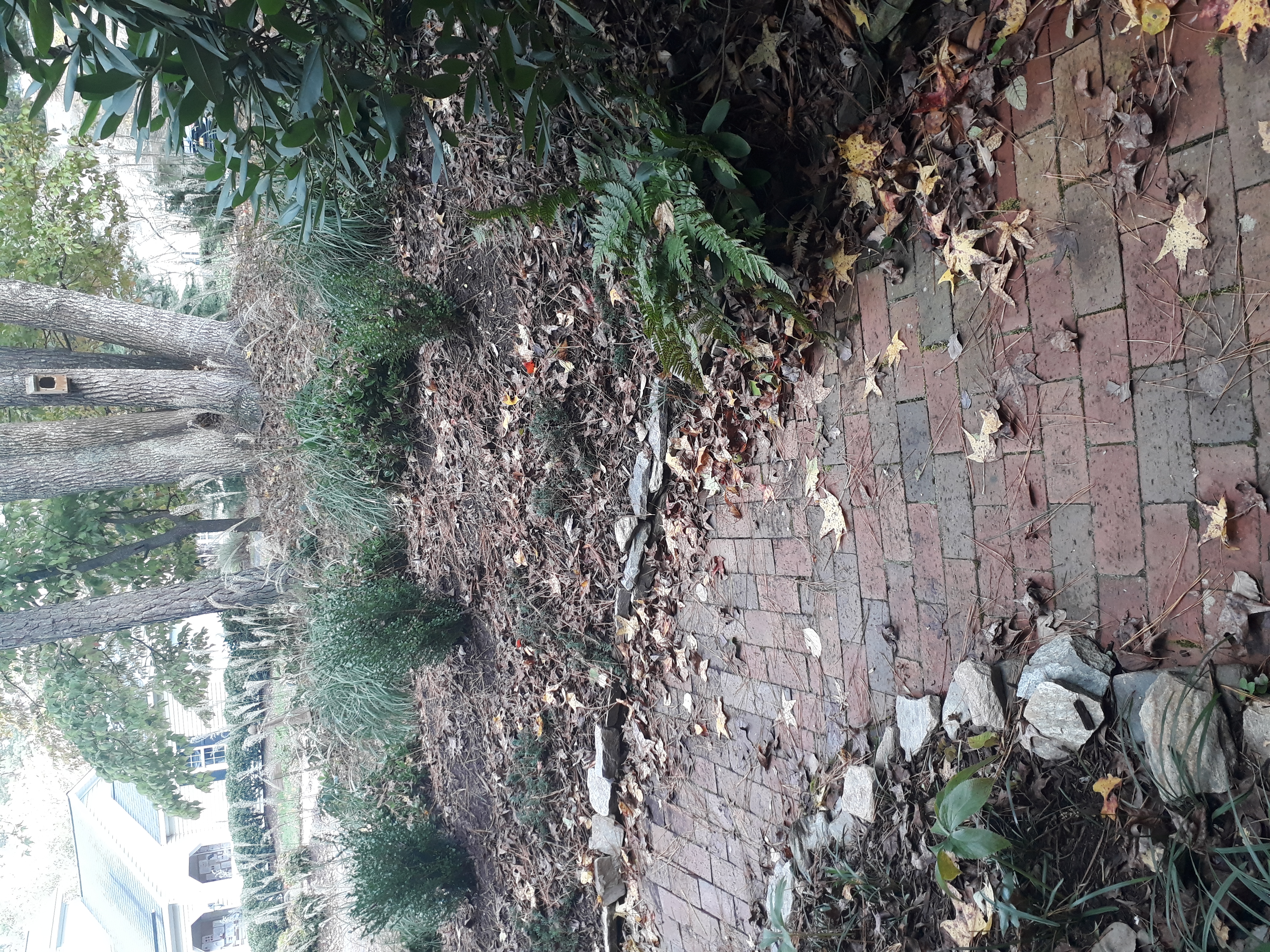Environmental Factors and a Healthy Landscape: Soil and Drainage
go.ncsu.edu/readext?752410
en Español / em Português
El inglés es el idioma de control de esta página. En la medida en que haya algún conflicto entre la traducción al inglés y la traducción, el inglés prevalece.
Al hacer clic en el enlace de traducción se activa un servicio de traducción gratuito para convertir la página al español. Al igual que con cualquier traducción por Internet, la conversión no es sensible al contexto y puede que no traduzca el texto en su significado original. NC State Extension no garantiza la exactitud del texto traducido. Por favor, tenga en cuenta que algunas aplicaciones y/o servicios pueden no funcionar como se espera cuando se traducen.
Português
Inglês é o idioma de controle desta página. Na medida que haja algum conflito entre o texto original em Inglês e a tradução, o Inglês prevalece.
Ao clicar no link de tradução, um serviço gratuito de tradução será ativado para converter a página para o Português. Como em qualquer tradução pela internet, a conversão não é sensivel ao contexto e pode não ocorrer a tradução para o significado orginal. O serviço de Extensão da Carolina do Norte (NC State Extension) não garante a exatidão do texto traduzido. Por favor, observe que algumas funções ou serviços podem não funcionar como esperado após a tradução.
English
English is the controlling language of this page. To the extent there is any conflict between the English text and the translation, English controls.
Clicking on the translation link activates a free translation service to convert the page to Spanish. As with any Internet translation, the conversion is not context-sensitive and may not translate the text to its original meaning. NC State Extension does not guarantee the accuracy of the translated text. Please note that some applications and/or services may not function as expected when translated.
Collapse ▲By Deepa Sanyal
Master Gardener℠ volunteer in Chatham County
Understanding the environmental factors that exist on a site is critical to designing a functional and healthy landscape. Before you set out to plant your garden, get to know your soil type and condition, water flow and drainage, landscape topography, and climate and microclimate. The value of knowing these factors is that you can then amend them if possible and/or adjust your landscape design and plant selection accordingly.
Soil is not dirt! It is made up of weathered rock (minerals), organic matter, microorganisms, air, and water. Ideally, soil should be 45% mineral, 25% water, 25% air, and 5% organic matter. The mineral components in soil are sand, silt, and clay to varying degrees. In Central North Carolina, clay is the predominant mineral in the soil so we say “we have clay soil.” While soil can be improved, its predominant property whether sand, silt, or clay cannot be changed.
Clay soil does present some minor and not so minor garden drainage issues because it is dense and slow to filter rainwater. Drainage properties of clay soils can be improved by adding organic matter like compost or pine bark fines to the soil. When creating a new bed, incorporate 25% organic matter by volume 6-8 inches into the soil. For established beds, annual surface application of a few inches of organic matter (like compost or mulch) will slowly incorporate and improve soil structure. Organic mulches such as triple shredded hardwood mulch, pine bark, and pine straw will decompose over time (at varying rates) and add organic matter to the soil. Annual crops such as vegetables will need more frequent amendments with organic matter, while ornamental perennial and woody beds do well with just surface applications of compost or mulch.
In addition to amending clay soils, you can also improve drainage by filling in the selected garden area with new, high-quality soil to build raised ground beds that have better soil structure and drainage compared to ground-level gardens. There are several ways to build raised beds and the two that are most effective in dealing with drainage issues are flat-topped mounds of additional soil, six to eight inches high, and berms, raised mounds of additional soil, 18-24 inches high, built up in poor drainage areas to help redirect the water flow. Here are some photos of a flourishing garden on berms.
For more serious soil drainage issues, French drains, a gravel filled covered ditch, and drainage wells provide a place for rainwater to flow after a rainfall. Ponds or rain gardens in a low lying part of the garden can also help with drainage and are lovely features in any garden. Rain barrels, attached to a downspout, collect rainwater that can be used for watering.
These are some of the simple ways to improve soil structure and drainage. Next month we will look at gardening on slopes and low lying areas.







